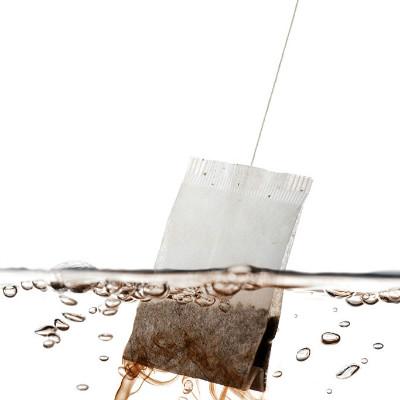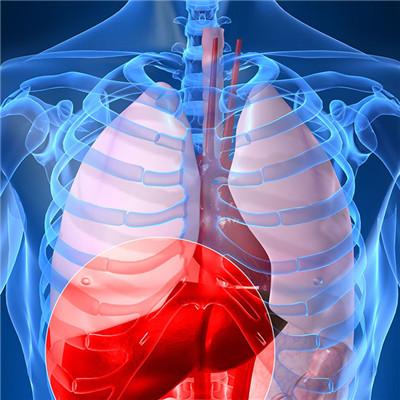Symptoms of epiglottic cyst
summary
Epiglottic cyst is a special type of laryngeal cyst, which occurs under epiglottic mucosa. Most of them occurred in the valley of epiglottis, the surface of epiglottis tongue and the free edge of epiglottis. * chronic inflammation, mechanical stimulation and trauma often result in obstruction of mucous glands and retention of secretions in glands. It can also be caused by congenital malformation. Adults generally have no symptoms or only slight pharyngeal discomfort, foreign body sensation, often found in the throat examination. Infants may show dyspnea, cyanosis, etc., and need emergency treatment. Surgical resection is the treatment method, and conservative drug treatment is usually ineffective. General anesthesia and laryngoscope are recommended. One to two weeks after operation, cold liquid food was taken and pharyngeal bleeding was closely observed. Postoperative recurrence is not easy. The symptom of epiglottic cyst? Let's talk about it
Symptoms of epiglottic cyst
Generally asymptomatic, often found in the throat examination. A few may have throat discomfort and foreign body sensation. For newborns and infants, because they can not actively express their physical discomfort, congenital epiglottic cyst often grows to a large size, causing dyspnea and even laryngeal obstruction, which is found to be life-threatening.
Chronic inflammation, mechanical stimulation and trauma of the larynx cause duct obstruction in the mucous glands of the epiglottis mucosa and accumulation of secretions in the glands, resulting in the formation of epiglottic cysts. * common retention cysts and epidermoid cysts. Retention cysts are mostly found in epiglottis. Epidermoid cysts are mostly found in epiglottis *.
Indirect laryngoscopy showed that the cyst was located on the lingual surface of epiglottis, and the larger one filled the whole valley of epiglottis. The cyst was hemispherical, with wide pedicle, smooth surface, gray white, light yellow or light red, and small blood vessels crisscross it. The wall of the capsule is usually very thin, and there is a sense of fluctuation when touching it. If there is secondary infection, it is pus.
matters needing attention
For small cysts, it is not necessary to treat them for the time being, and close observation is enough. Larger cysts should be removed surgically. Simple puncture and aspiration is sure to recur. The recommended surgical method is to remove the laryngoscope under general anesthesia, laser, microwave, low temperature plasma and so on.












